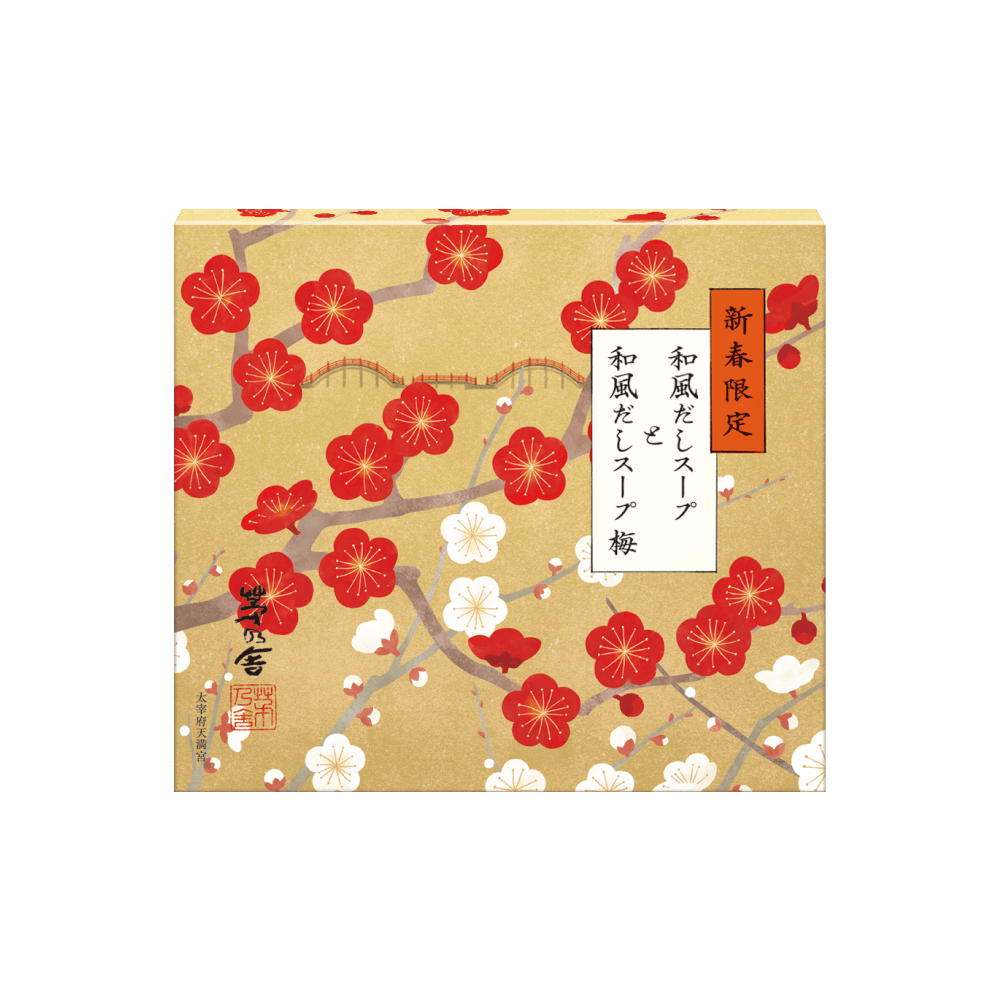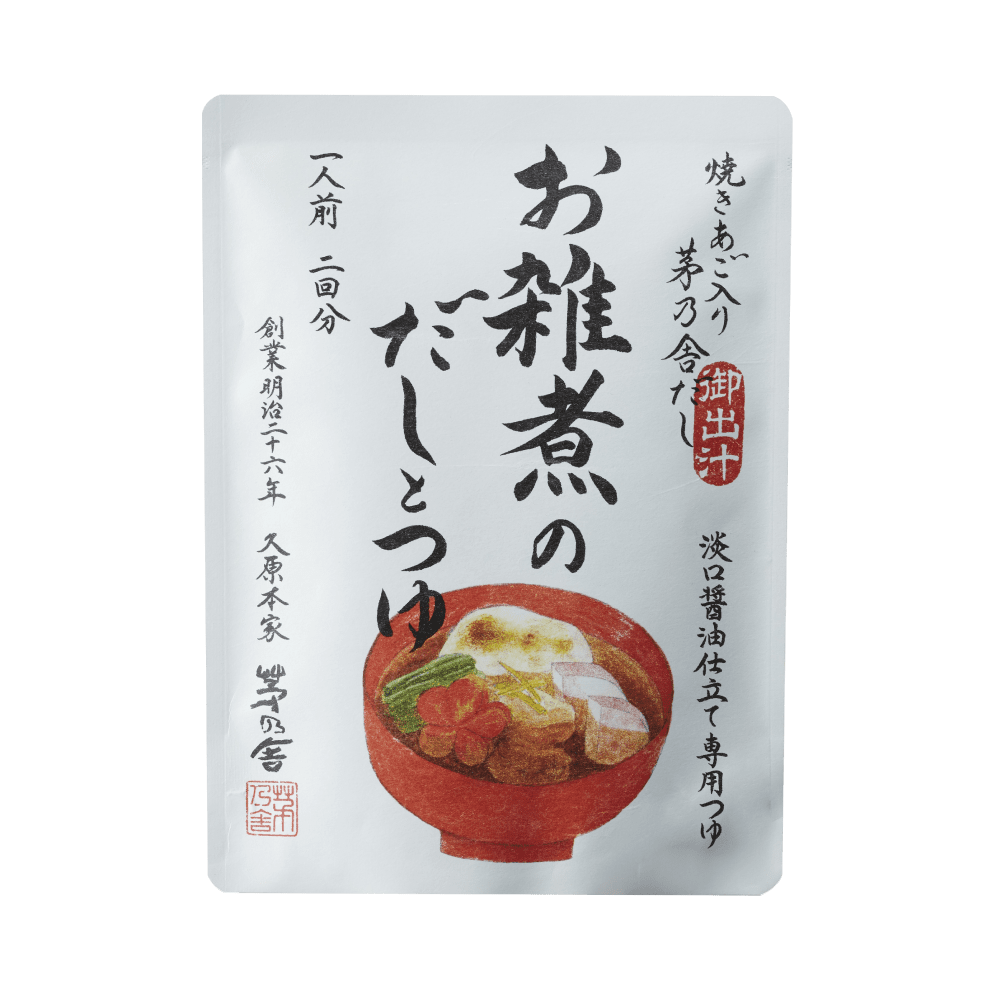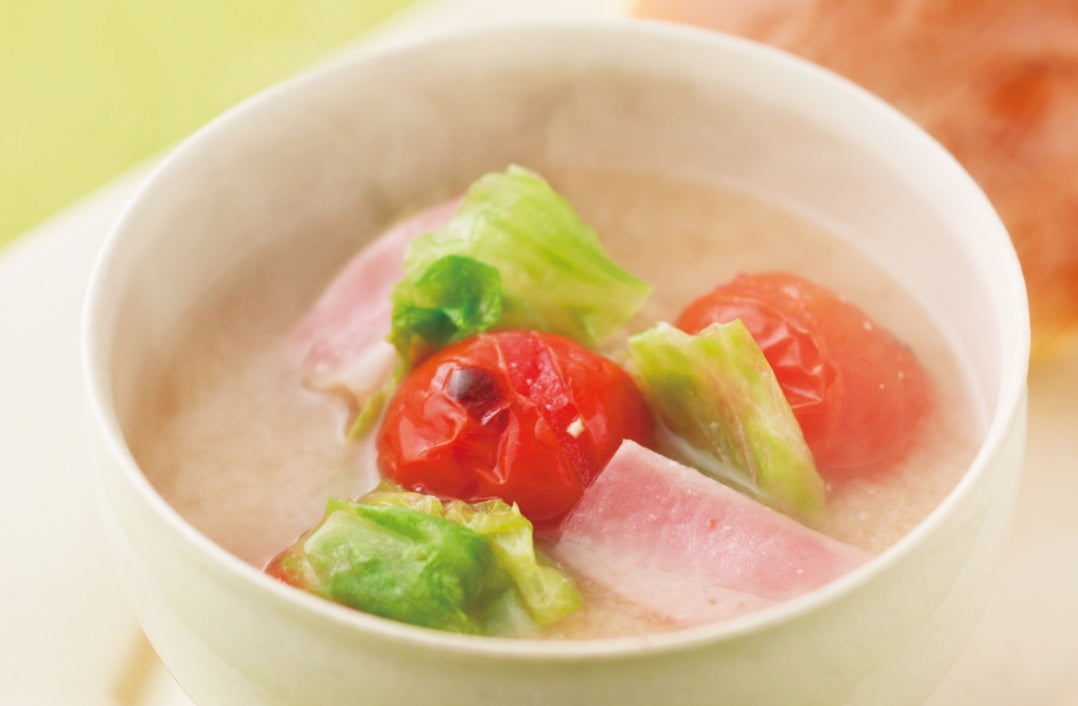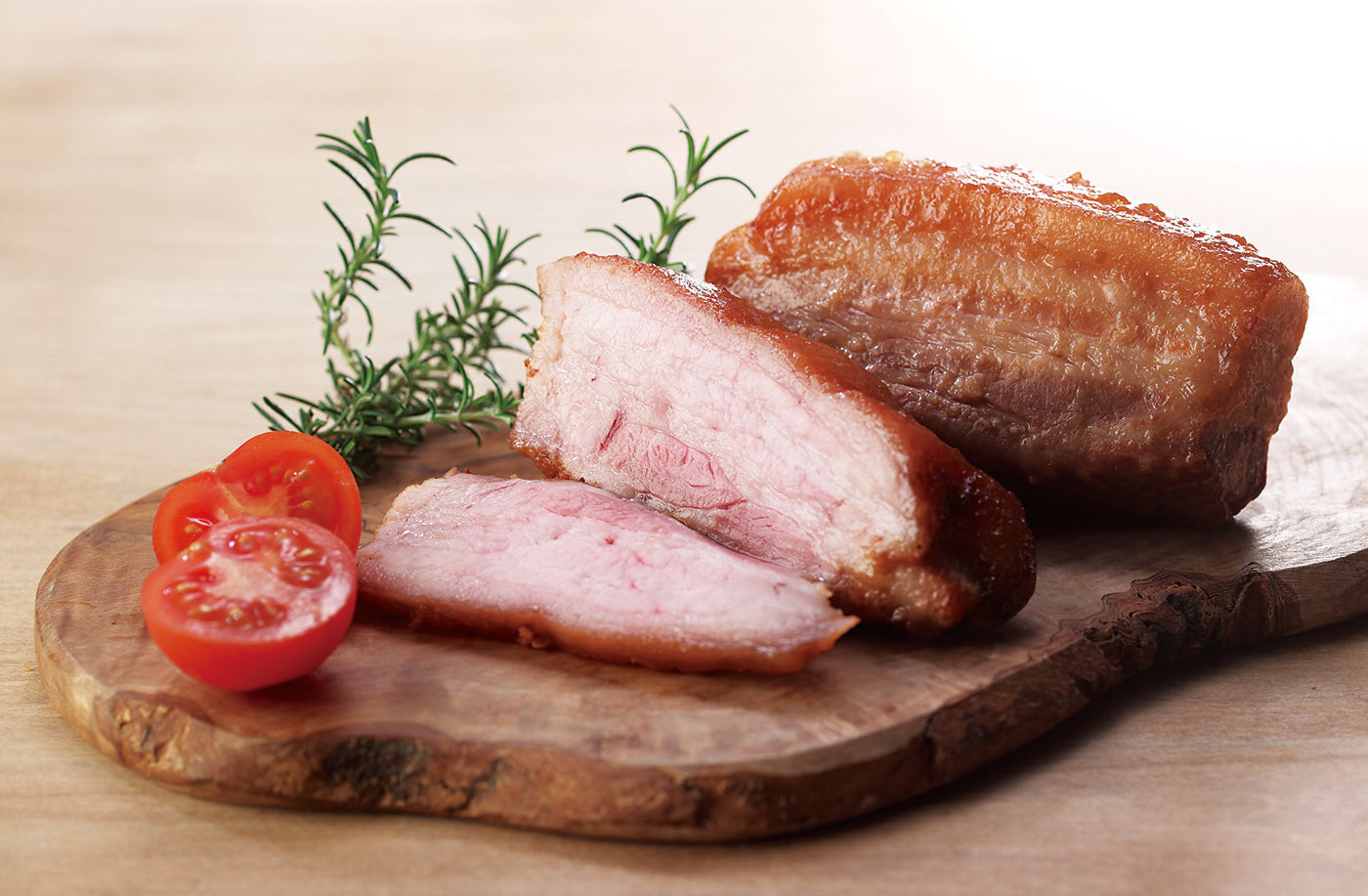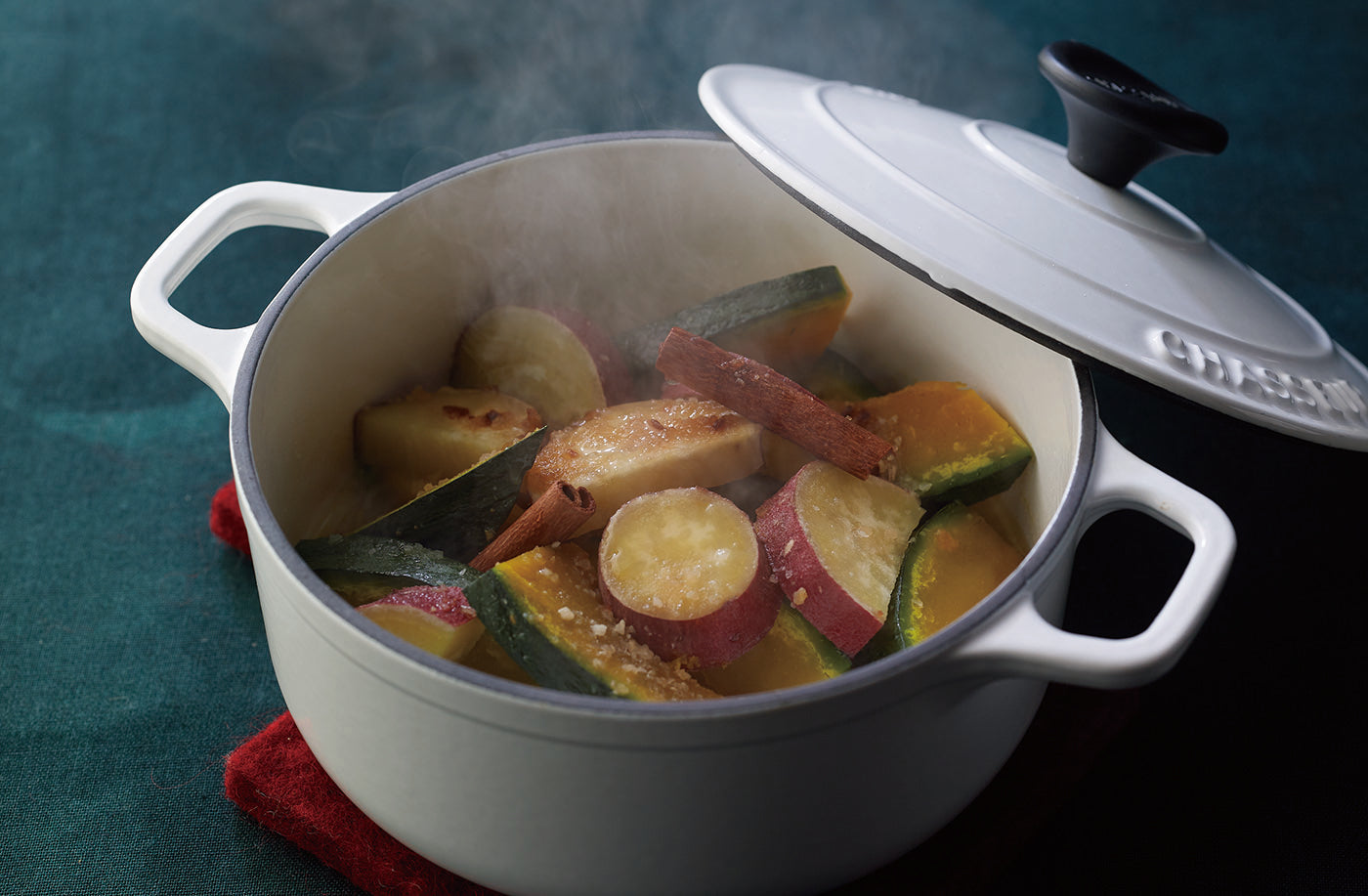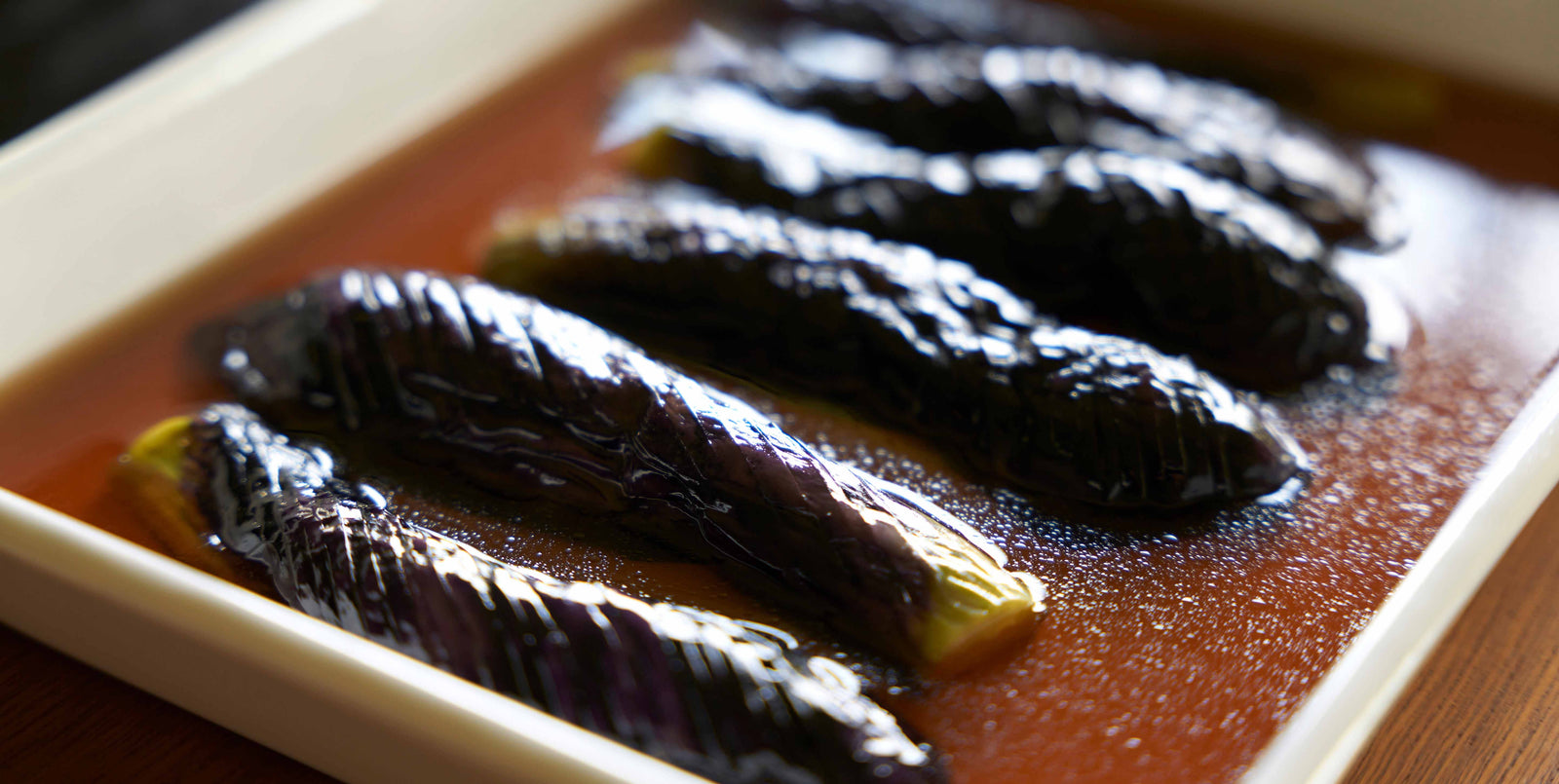Every time I cook, I find myself searching for recipes.
Even when I want to make a dish I’ve cooked before, I reach for my phone and look up the recipe all over again.
Somehow, the dishes I’ve made don’t quite accumulate in my own repertoire, and each time I cook, I feel like I’m back to being a beginner. As a result, the outcome varies from time to time.
If only I could master dishes that always turn out right—no matter when I make them—so I could serve them with confidence, knowing they’ll taste just right.
We’d like to call such dishes "Timeless Japanese Dishes".
Once learned, they’re recipes you’ll want to keep making for years to come.
The first ones to master are the basics of Japanese cuisine—dishes everyone loves, that appear on the table repeatedly over the course of life.
This time, we’ll make them using Kayanoya Dashi.
In this series, our recipes are created with three guiding principles:
- Keep the ingredients as simple as possible
- Use dashi and basic seasonings
- Incorporate fundamental Japanese cooking techniques
We hope these recipes will inspire you to rediscover the depth of flavor in Japanese cuisine, showing that even simple dishes can be deeply satisfying. We’ll also share little tips and bits of knowledge about Japanese cooking—small things that make a big difference. These are skills and ideas you can store away and use in many other dishes as well.
Timeless Japanese Dishes—something to keep in your mind and in your hands.

So, what exactly is eggplant agebitashi?
It’s a dish where the silky, tender flesh of eggplant soaks up the savory dashi, releasing its flavor with every bite.
When the broth is seasoned just lightly enough to sip to the last drop, it becomes a dish of refined elegance.
And in cooking eggplant, drawing out that beautiful, deep “eggplant purple” is just as important.
With that in mind, let’s make eggplant agebitashi and aim for the very best in flavor and beauty.
Steps for Making Eggplant Agebitashi
The process of making eggplant agebitashi can be broadly divided into the following three steps:
- Deep-fry
- Soak in broth
- Let cool

The key to great flavor lies in how you fry the eggplant.
This step determines the silky texture, how the eggplant absorbs oil, how it soaks up the broth, and the vibrancy of its color.
There is also a dish called eggplant yakibitashi (grilled eggplant in broth), but while grilling brings out the texture of the eggplant, frying is all about savoring its melt-in-your-mouth tenderness. That is why, for agebitashi, the most important factor is how well you can draw out that “silky softness.” Frying also serves to remove the eggplant’s bitterness and preserve its beautiful color.
Key Points for Making Eggplant Agebitashi
- Fry at 340°F (high heat) for about 1 minute, starting with the skin side down.
- Frying creates the beautiful deep “eggplant purple” color and the tender, silky texture.
Common Mistakes
One common pitfall is letting the eggplant absorb too much oil, leaving it greasy and heavy.
By carefully gauging the frying time, you can avoid over-frying and excessive oiliness.
Let’s go through the cooking steps while keeping these tips in mind to ensure the most delicious results.

Eggplant Agebitashi (Deep-Fried Eggplant in Dashi Broth)

Ingredients (Serves 2–3)
- 4 eggplants
- [A] 1 packet Kayanoya Original Dashi Stock Powder
- [A] 2 cups water
- [B] 2 tbsp light soy sauce
- [B] 2 tbsp mirin
- [B] 1 tbsp sugar
- Frying oil, as needed
Instructions
- Remove the stems from the eggplants, cut them in half lengthwise, and score the flesh.
- Heat the frying oil to 340°F. Place the eggplants skin-side down and fry for about 1 minute.
- Turn them over and fry for another 2–3 minutes.
- In a saucepan, add [A], bring to a boil, and simmer for 2–3 minutes. Add [B], then turn off the heat.
- Arrange the fried eggplants from step 3 in a shallow tray, pour the hot broth from step 4 over them, and let them soak. Once cooled to room temperature, refrigerate for 2–3 hours to allow the flavors to absorb.
Optional: Serve with grated daikon (Japanese white radish) or a slice of kabosu (Japanese citrus fruit similar to yuzu) citrus, if desired.
① Changing the Way You Cut Eggplant to Match the Desired Flavor

With agebitashi, the way you cut the eggplant can influence the final flavor. This is because the cut surface of the flesh is the part that absorbs the oil.

In this recipe, we cut the eggplant in half lengthwise. This allows it to absorb flavorful oil and, most importantly, makes it easier for anyone to fry successfully. Make shallow cuts about 1/8 inch (2-3 mm) deep—just enough without cutting too far into the flesh.


If you prefer a lighter finish, see the method at the end of this article. This technique reduces the cut surface of the flesh, so it absorbs less oil, but it is a bit trickier in terms of cutting and frying.
② How to Fry Eggplant for a Beautiful “Eggplant Purple”

Before frying—
As mentioned earlier, one secret to delicious eggplant dishes is to preserve its beautiful purple color, often referred to as “eggplant purple.” How do we achieve that color?
Step 1: Remove the bitterness
The bitter compound in eggplant is what causes discoloration, so removing it is essential. You can do this either by soaking the eggplant in water or by frying it. In this recipe, we remove it through frying, so there’s no need to soak it in water. Also, avoid cutting the eggplant and leaving it exposed to air, as this will cause the color to fade.
Step 2: Fry skin-side down first
Always start frying with the skin side down. This sets the color of the skin and brings out a vibrant purple.
As we noted earlier;
Fry at 340°F (high heat) for 1 minute with the skin side down.

The frying time can be tricky, so remember this: 1 minute is the key number. Quick frying at high heat helps lock in the color.

After 1 minute, flip the eggplant and fry the cut flesh side.
How to tell when it’s done: Gently press the flesh with chopsticks.

If it indents slightly, it has absorbed just the right amount of oil and is ready. Don’t rely on the browning of the cut surface—judge by the softness instead.
Drain the eggplant over the pot so that the excess oil drips off completely.
③ Seasoning to Highlight the Flavor of the Dashi Broth

1 packet Kayanoya Dashi, 2 cups water, 2 tbsp light soy sauce, 2 tbsp mirin, 1 tbsp sugar—that’s all.
This ratio gives a broth that bursts with the flavor of dashi. You can add the seasonings in any order.
(For more information, see the detailed recipe for Eggplant Agebitashi above.)
④ Hot Eggplant × Hot Broth

Combine them while both are still hot. The heat of the broth will help cook the eggplant a little further.
You don’t need to be exact about the ratio of eggplant to broth—“about right” is fine.
⑤ Cooling
Once cooled to room temperature, refrigerate for 2–3 hours to let the flavors soak in.
Your basic Japanese dish, eggplant agebitashi, is now complete.

The silky texture of the eggplant, its vivid purple color, and the burst of savory dashi—
If you’ve achieved these, you’ve succeeded. First, master this basic recipe.
You can also make it with other vegetables such as pumpkin, green peppers, or shishito peppers.
We hope it becomes such a summer favorite in your home that when eggplants are in season, you’ll be asked for it again and again.
Extra: Alternative Cutting Method for a Lighter Finish
By reducing the cut surface that absorbs oil, you can make a lighter dish. This method is slightly more challenging in terms of cutting and frying.

Trim off both ends of the eggplant and cut it crosswise into about three equal parts in length. Make shallow cuts while rolling the piece.

Fry in the oil turning occasionally. As with the basic method, check doneness by how easily your chopsticks press into the eggplant.

Recipe Creator
“When you cook with care, the dish responds in kind. For delicious results, follow each step mindfully. The key to beautiful, flavorful cooking lies in the stages before the final plating. With eggplant, knowing the frying tips will help you keep its vibrant color, and the way you cut it will determine how silky the texture becomes.”

Yoko Yamada – Food Stylist
Active contributor to Kayanoya’s quarterly magazine Temahima. Holds the title of Professor in Edo Kaiseki Kinsaryu cuisine. With deep knowledge and skill in Japanese culinary techniques and etiquette, she creates recipes that are approachable for home cooks while maintaining the beauty and delicate flavors of Japanese cooking.

